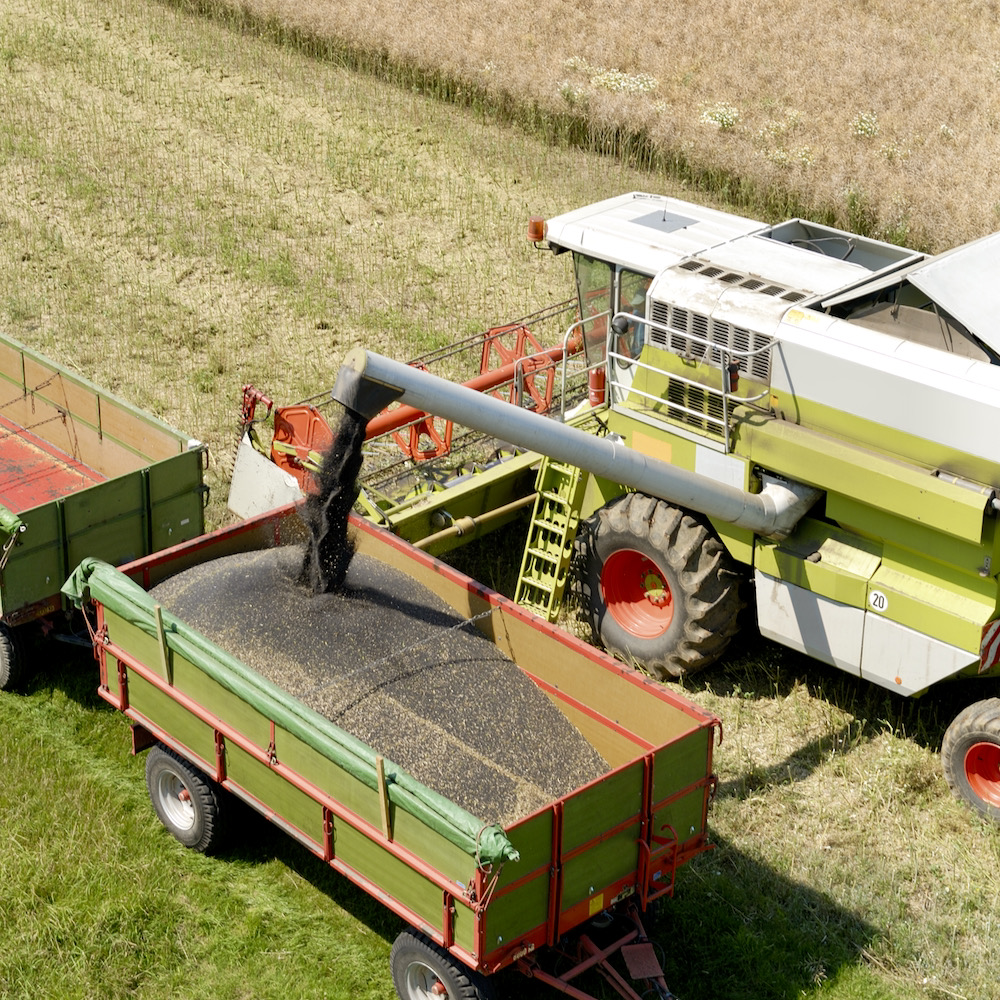ICE Futures canola contracts held rangebound during the week ended Sept. 24, with seasonal harvest pressure on the one hand, countered on the other by the fact that the crop coming off the fields is extremely small.
The November contract has held in a sideways range between $850 and $920 since the middle of July. The contract finished the week hovering between its 20- and 50-day moving averages, but remains well above the 100-day average around $820.
The jury may still be out on the actual size of this year’s Canadian crops, but smaller yields and the need to ration demand have been factored in to the futures for some time. The underlying bullish influence of the smaller crop will remain supportive, with the continued lack of moisture already leading to some talk of concerns for 2022 production. However, there may be little room to the upside, at least of the time being, as canola does not trade in a vacuum.
Read Also

Canadian canola prices hinge on rain forecast
Canola markets took a good hit during the week ending July 11, 2025, on the thought that the Canadian crop will yield well despite dry weather.
Demand from both exporters and domestic crushers has shown signs of backing away, with exports likely to see the brunt of the reduced usage over the next year.
Canadian canola should remain expensive relative to other options, but the key word there is ‘relative.’ Negative crush margins imply canola is already overpriced compared to the product values, with activity in Chicago soyoil and other outside markets likely to play a significant role in dictating where canola values head from here.
European rapeseed and Malaysian palm oil futures both hit fresh contract highs during the week, which lent spillover support to canola. However, soyoil futures were still at least 10 cents off their own highs.
The Canadian harvest is nearing completion, but the soybean harvest in the U.S. is just getting started. The looming influx of new-crop soybeans will have a seasonal influence on prices, with any weather issues there likely to lead to some day-to-day fluctuations in prices.
Looking beyond North America, Brazilian farmers are in the early stages of planting their next soybean crop and early projections out of the country anticipate a new record.
Strong global prices and weakness in the Brazilian currency have combined to make planting soybeans a very attractive prospect in the South American country. The acreage base may near 100 million acres, according to some forecasts. Yields have obviously yet to be determined, which will mean weather conditions in the country through the growing season will be followed closely.




















